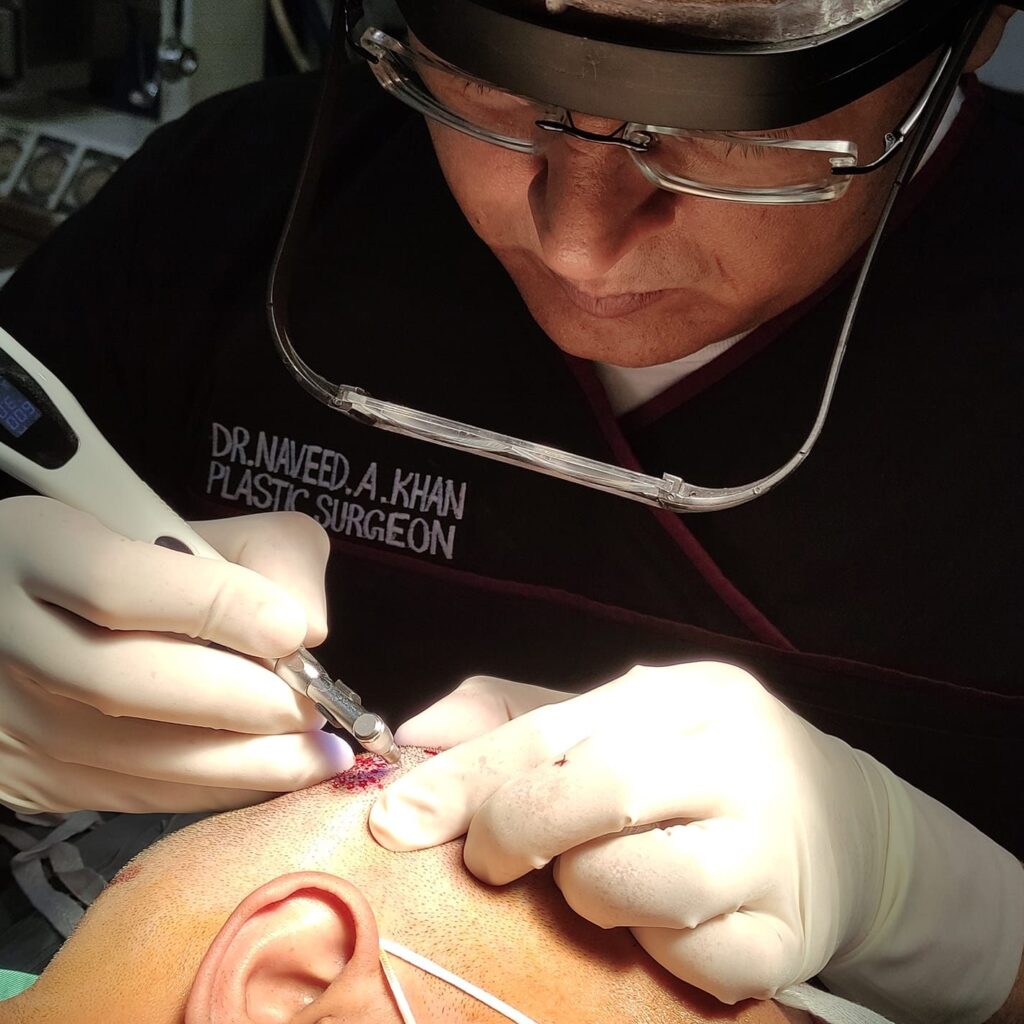At our practice, we understand that breast augmentation is a deeply personal decision that requires careful consideration. Whether you’re seeking to enhance your breasts’ size, shape, or symmetry, we’re here to help guide you through the process with the latest information and cutting-edge techniques.
In this article, we’ll reveal all the latest details about breast augmentation to help you make an informed decision. From the types of implants available to the recovery process, we’ll cover everything you need to know to ensure a successful and satisfying outcome

Types of Implants
When it comes to breast augmentation, there are two main types of implants: saline and silicone. Saline implants consist of a silicone outer shell filled with sterile saltwater. They tend to look and feel less natural than silicone implants, but they are also less expensive.
Silicone implants, on the other hand, consist of a silicone outer shell filled with silicone gel. They tend to look and feel more natural than saline implants, but they are also more expensive. Many women prefer silicone implants because they offer a more natural look and feel, but it’s ultimately up to you to decide which type of implant is right for you.
Implant Shape and Size
In addition to choosing between saline and silicone implants, you’ll also need to decide on the shape and size of your implants. Implant shape refers to how the implant is contoured to fit your breast, and size refers to how large the implant is.
There are three main implant shapes to choose from: round, teardrop, and anatomical. Round implants are the most common and provide fullness in both the upper and lower parts of the breast. Teardrop implants are shaped like a teardrop and provide a more natural-looking slope to the breast. Anatomical implants are shaped like a natural breast and provide the most natural-looking results.
When it comes to size, there is no one-size-fits-all answer. The size of your implants will depend on a variety of factors, including your body type, the amount of existing breast tissue, and your desired outcome. Our skilled surgeons will work with you to determine the best size and shape of implants to achieve your desired results.
Incision Techniques
During breast augmentation surgery, incisions are made in inconspicuous locations to minimize scarring. The three most common incision techniques are inframammary, periareolar, and transaxillary.
Inframammary incisions are made in the crease beneath the breast, while periareolar incisions are made around the nipple. Transaxillary incisions are made in the armpit. Each technique has its own set of advantages and disadvantages, and our surgeons will work with you to determine the best approach for your individual needs.
Recovery Process
After breast augmentation surgery, it’s normal to experience some discomfort and swelling. Our team will provide you with detailed instructions to help you manage your pain and promote healing. You may need to take some time off work and avoid strenuous activity for several weeks following your procedure.
It’s also important to avoid sleeping on your stomach or engaging in any activities that put pressure on your chest. You’ll need to wear a supportive bra for several weeks to help promote proper healing and ensure the best possible results.
Final Thoughts
At our practice, we’re committed to helping you achieve the best possible outcome from your breast augmentation surgery. We use the latest techniques and technologies to provide safe, effective, and natural-looking results that will leave you feeling confident and beautiful.
Whether you’re considering breast augmentation for the first time or you’re a seasoned veteran, we’re here to provide the guidance and support you need to make an informed decision. Contact us today to schedule a consultation and learn more

